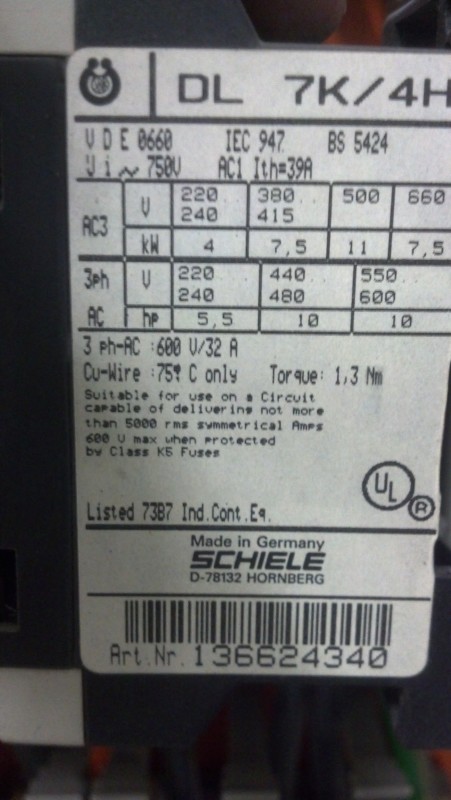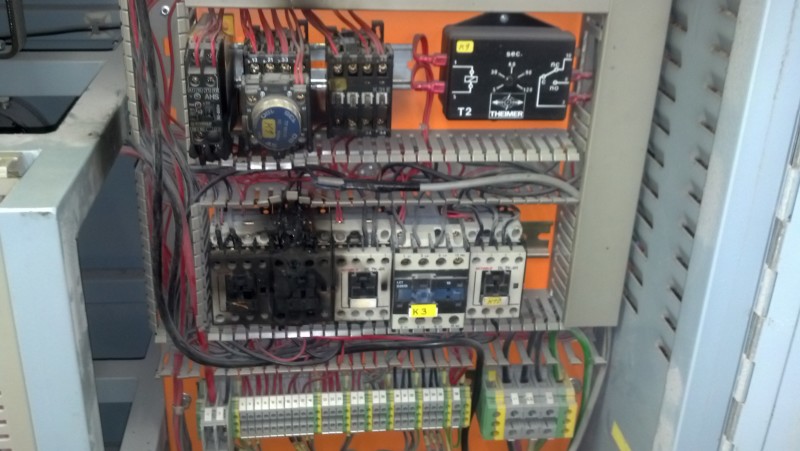wowwee! That was a nasty gremlin..
BTW Nice testing. You won't find closer matching than that in the real world.
What I think is happening is the contact opens and depending on where in the power
line cycle you get a huge arc as a lot of energy is stored in the magnetics or a not so big arc otherwise.
This causes the very classic "It worked for a year then did this!" result. Replacement and repair results
in some utterly random period before, "It happened again!"
This is the kind of thing often seen with wye-delta motor starters. Runs for a year then trips the breaker.
Runs for a month and trips the breaker, then runs for 2 years and trips the breaker. Lots of head scratching.
A snubber across the contact would limit the voltage available to arc, to something considerably lower AND
would provide someplace to dissipate the energy over a large surface area - the resistor in the snubber circuit.
Any arc that did occur would be shortened in period to something dissipatable by your contacts. What you have
now is a case of if the arc is a peak-energy arc then the contact metal gets so hot as to significantly
vaporize into the gap. It then participate in the arc plasma reducing its normal air-gap resistance down to something
shockingly low. In that state with more and more contact metal joining the party it becomes impossible for the
arc to ever extinguish because now the contact-space may have only 40~70Vac of interruption ability. This
continues until there is actually no further contact metal present to continue the arc. If you're lucky
you get what you just got. If you're not lucky you get what your latest picture depicts.
Even worse, the heavier duty the contactor is the worse the results because there is more contact metal available
to maintain the plasma. A heavy duty relay will give the
latest picture results because you had ~2kW dissipating
in that space for maybe 20 seconds whereas the
latest failure with perhaps a lesser contactor had exactly the
same power dissipation but ran out of metal sooner (10 seconds?), hence less damage.
Realize that when AC arc welding with a stick welder the substantial arc length is not much less than 690V contactors
can provide and that once the metal of the 'stick' is spewing into the arc the arc voltage drops to only 50~70Vac.
Picture an arc welding arc between your contacts. The final results would look just like what you have.
You need a snubber to limit the arc time and to suck up the stored inductance energy.
Keith Cress
kcress -
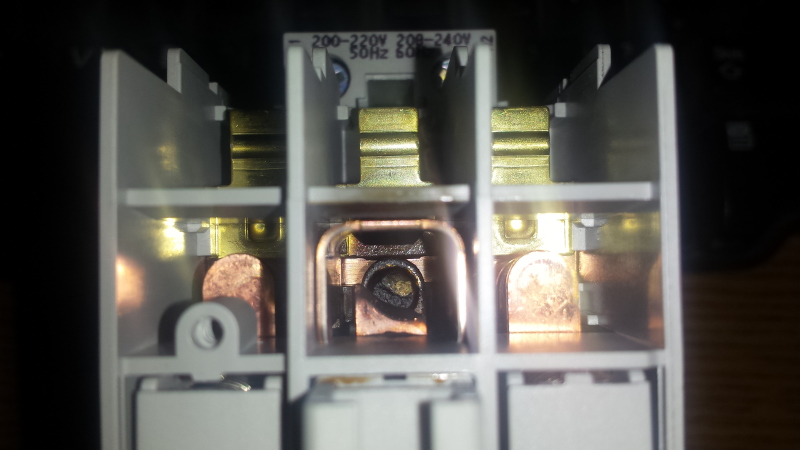
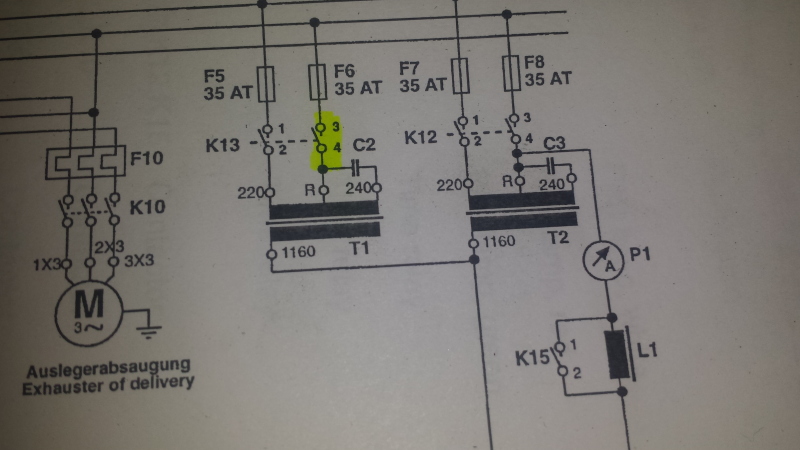

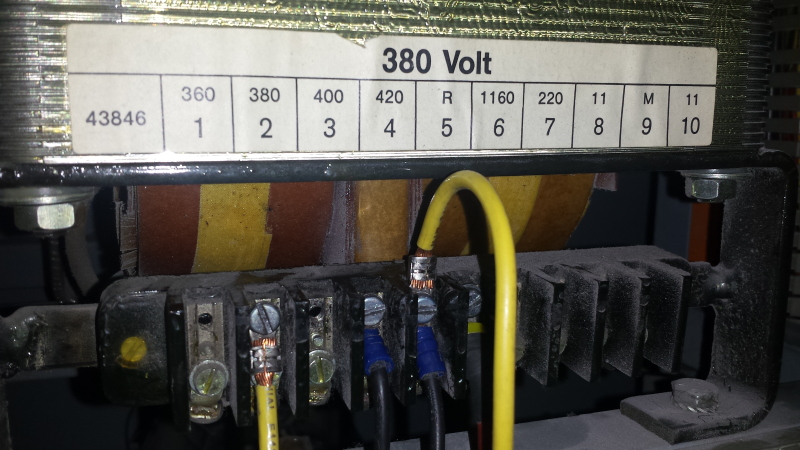
![[lookaround] [lookaround] [lookaround]](/data/assets/smilies/lookaround.gif)
